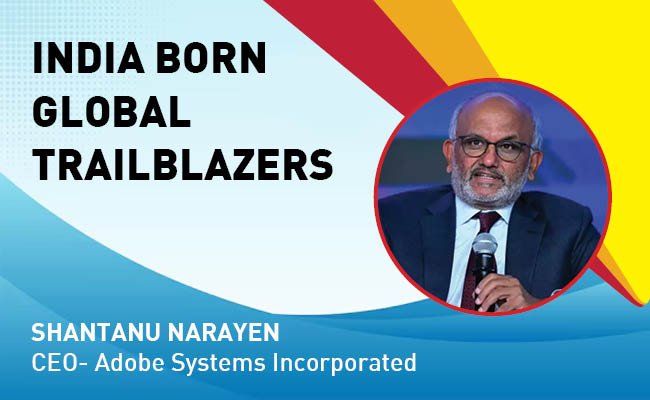Driving remote flexibility: Challenges and resolutions
By MYBRANDBOOK

When most people talk about remote working today, they are really talking about working from home. And of course, that is what many people are currently doing. What’s interesting is that, even before we entered the pandemic situation, Gartner research suggested that “By 2030, the demand for remote work will increase by 30% due to Generation Z fully entering the workforce.
However, the model needs to be flexible—the ability to “work from wherever,” rather than just home, is key. The challenge for CIOs is that most current workplace constructs cannot be fully scaled to support a flexible remote- working model.
The senior leadership is critical to ensuring that an effective remote-working model is created. For the CIO these six factors are required for an employee to be able to effectively work remotely.
Secondly, the Corporate boardrooms across the world are mapping strategies to bolster production in a short time. They feel that is possible only by bringing in tectonic shifts in technologies. What would be those technologies? Do we think that Artificial Intelligence (AI), Internet of Things (IoT) and Blockchain and several other technologies in hibernation, which the human ingenuity would evolve sooner or later as a bye product of the present predicament, would solve the problem? These technologies are already in vogue and the present production processes are to a large extent, are dependent on these cutting edge technologies. Post Covid-19 may accelerate the deployment of these technologies and a lot more.
The most optimistic assessment that I heard about the pandemic was that there is a scramble for evolving technologies in all business sectors, particularly in the manufacturing, that can make good whatever that has been lost. In order to scale up production, they feel some of the cutting edge technologies should be deployed.
Even with the global economy reeling from a pandemic-induced recession and dozens of businesses filing for bankruptcy, tech’s largest companies — still wildly profitable and flush with billions of dollars from years of corporate dominance — are deliberately laying the groundwork for a future where they will be bigger and more powerful than ever.
I’ve always believed that in times of economic downturn, the right thing to do is keep investing in building the future,” Mark Zuckerberg, Facebook’s chief executive, said. “When the world changes quickly, people have new needs, and that means there are more new things to build.


Legal Battle Over IT Act Intensifies Amid Musk’s India Plans
The outcome of the legal dispute between X Corp and the Indian government c...

Wipro inks 10-year deal with Phoenix Group's ReAssure UK worth
The agreement, executed through Wipro and its 100% subsidiary,...

Centre announces that DPDP Rules nearing Finalisation by April
The government seeks to refine the rules for robust data protection, ensuri...

Home Ministry cracks down on PoS agents in digital arrest scam
Digital arrest scams are a growing cybercrime where victims are coerced or ...


ICONS OF INDIA : VINAY SINHA
Vinay Sinha is the Managing Director of Sales for the India Mega Regio...

ICONS OF INDIA : RITESH AGARWAL
Ritesh Agarwal is an Indian billionaire entrepreneur and the founder a...

Icons Of India : MADHABI PURI BUCH
Madhabi Puri Buch is the first-female chairperson of India’s markets...


EESL - Energy Efficiency Services Limited
EESL is uniquely positioned in India’s energy sector to address ener...

C-DOT - Center of Development of Telematics
India’s premier research and development center focused on telecommu...

DRDO - Defence Research and Development Organisation
DRDO responsible for the development of technology for use by the mili...


Indian Tech Talent Excelling The Tech World - Shantanu Narayen, CEO- Adobe Systems Incorporated
Shantanu Narayen, CEO of Adobe Systems Incorporated, is renowned for h...

Indian Tech Talent Excelling The Tech World - Sundar Pichai, CEO- Alphabet Inc.
Sundar Pichai, the CEO of Google and its parent company Alphabet Inc.,...

Indian Tech Talent Excelling The Tech World - Sanjay Mehrotra, CEO- Micron Technology
Sanjay Mehrotra, the President and CEO of Micron Technology, is at the...
 of images belongs to the respective copyright holders
of images belongs to the respective copyright holders